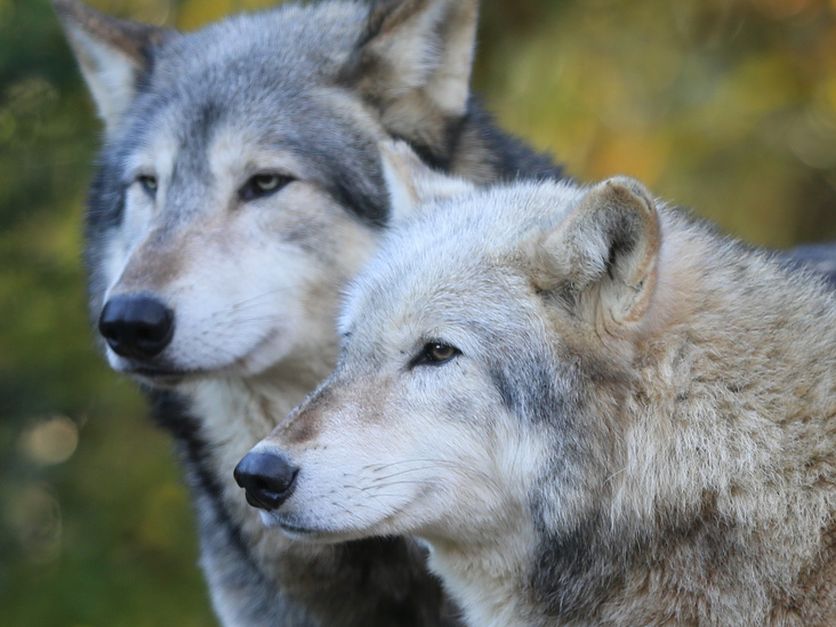The gray wolf in the lower 48 states has recovered to the point where it no longer needs to be listed as an endangered species, the Fish and Wildlife Service said Thursday.
“After 45 years as a listed species, the gray wolf has exceeded all conservation goals for recovery,” Interior Secretary David Bernhardt said. “Today’s announcement simply reflects the determination that this species is neither a threatened nor endangered species based on the specific factors Congress has laid out in the law.”
FWS said there are more than 6,000 gray wolves in the lower 48 states, “greatly exceeding the combined recovery goals for the Northern Rocky Mountains and Western Great Lakes populations.”
Ag groups hailed the delisting rule. "The recovery and delisting of the gray wolf is an outstanding victory under the Endangered Species Act and should be celebrated accordingly,” National Cattlemen’s Beef Association (NCBA) Vice President and Minnesota rancher Don Schiefelbein said. “Today’s announcement is the culmination of decades of work done by cattle producers and landowners nationwide to protect habitat ensuring wolf recovery efforts were successful, even when impacts to their livelihoods were significant."
“Farmers across the Upper Great Lakes Region have battled nightmare situations with wolf attacks on livestock and pets in addition to sightings while children are playing in the yard or waiting for the school bus,” Wisconsin Farm Bureau Federation President Joe Bragger said.
Interested in more coverage and insights? Receive a free month of Agri-Pulse West.
But conservation groups said the numbers don’t add up to recovery for the entire lower 48. “The most recent data from the Fish and Wildlife Service and its state partners show an estimated 4,400 wolves inhabit the western Great Lakes states, but only 108 wolves in Washington state, 158 in Oregon, and a scant 15 in California,” the Western Environmental Law Center said. “These numbers lay the groundwork for a legal challenge planned by a coalition of Western conservation groups.”
FWS “concludes that because in its belief there are sufficient wolves in the Great Lakes states, it does not matter that wolves in the West are not yet recovered,” WELC said. “The ESA demands more, including restoring the species in the ample suitable habitats afforded by the wild public lands throughout the West.”
The management of gray wolves will revert to the states once the delisting rule is final, which will occur 60 days after its Nov. 3 publication.
A senior FWS official said on a conference call with reporters Thursday the service “is confident in the ability of state and tribal wildlife agencies” to manage those populations.
States affected are those outside the Northern Rocky Mountain population, where wolves already have been delisted. A population of Mexican wolves in the Southwest also is unaffected.
For more news, go to www.Agri-Pulse.com.


